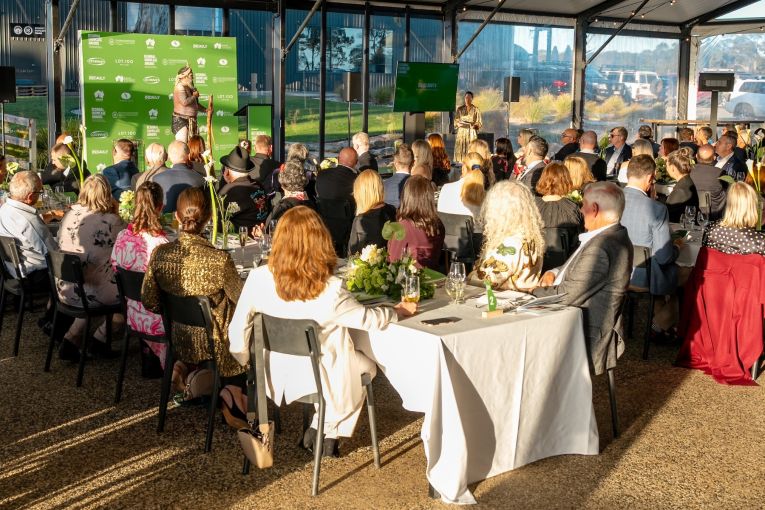Shipwreck site of 19th century Dutch vessel rediscovered in South-East

Researchers believe they have located a long-lost shipwreck at Robe in the South-East.
Koning Willem de Tweede, an 800-ton Dutch merchant sailing ship, sailed from Hong Kong to South Australia with 400 Chinese miners destined for the Victorian goldfields. It arrived safely in Guichon Bay in the state’s South-East to discharge its passengers in the port of Robe.

Then, while the miners began their overland trek to the Goldfields, the ship remained harbour-bound due to the weather.
On June 30, a severe south-westerly storm and gale-force winds damaged the ship. To save the ship and crew, the captain made the call to run the ship aground into the sandy shallows – but the ship was broken apart by the swell. Unfortunately, 16 of the 25-man crew drowned when their lifeboat overturned.
Despite breaking up so close to shore, the shipwreck has never been located.
You might like
In 2022, 165 years later, researchers from the Australian National Maritime Museum (ANMM), Silentworld Foundation, South Australia’s Department for Environment and Water, and Flinders University teamed up to form the Koning Willem de Tweede Shipwreck Project. They aimed to find and survey the ship’s remains – and they may have just located it.

According to Dr James Hunter, the acting manager of maritime archaeology at ANMM, the wreck is in the middle of the bay, 400 metres offshore, in relatively shallow water, “which was where we thought we’d find it after out initial evaluation in 2023″.
The conditions made by the ever-swirling silt make finding the vessel tricky, he said.
“I nearly rammed my face into the windlass. We were searching with metal detectors in terrible visibility and I wasn’t looking where I was going,” Hunter said.
With a combination of a marine metal detector and a magnetometer (which detects concentrations of iron objects), the team located iron components that they believe were once part of the windlass, the winch used to hoist the ship’s anchors.
Stay informed, daily
The windlass is partially protruding from the seabed, along with an iron frame.
“That winch is attached to timber. We potentially have a lot of the vessel buried there,” Hunter said.
“It’s exciting because while we have a lot of knowledge about 17th-century Dutch vessels, from the wreck of the Batavia, relatively little is known about 19th-century vessels. I’ve yet to find any detailed documents that show its construction and design.”
Other anomalies were detected by the magnetometer, suggesting that other large iron artefacts and hull components may also be buried.

When mapped out, the anomalies match the known length of the Koning Willem de Tweede (42.7 metres long).
Since the Koning Willem de Tweede is the only ship to have wrecked in that area, and since the location of the iron components match historic accounts of the shipwreck, the team believe this wreck to be the correct one.
Other evidence comes in the form of pottery fragments: 19th-century Chinese coarse earthenware ceramics were found on a nearby beach in March 2023.
The team will return to the shipwreck site to assess the wreck’s condition and document the remains and the artefacts that may be exposed.








